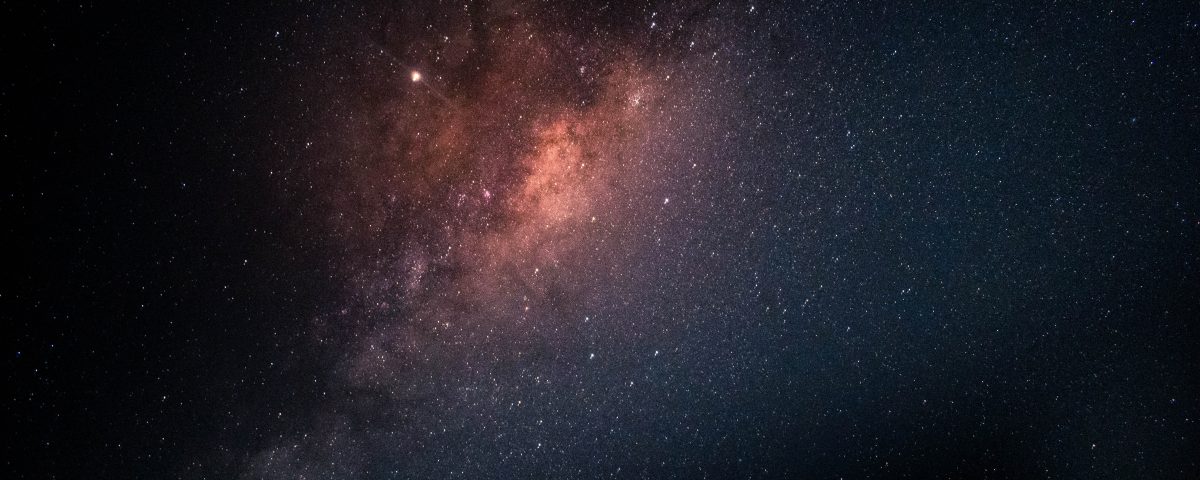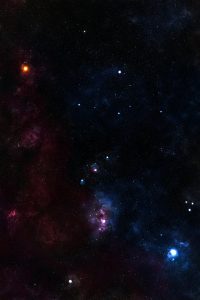Star Spotlight: Betelgeuse

An Evening with Neil deGrasse-Tyson: An Astrophysicist Goes to the Movies – The Sequel
October 15, 2021
Q&A with Artist in Residence Princess Simpson Rashid
October 15, 2021October Star Spotlight
Betelgeuse (Pronounced Beetle-juice)
Betelgeuse, Betelgeuse, Bet… be careful saying this star’s name or a frightening trickster may appear. This month we are shining the spotlight on Betelgeuse, or is it shining a light on us? Over 600 light-years from Earth, Betelgeuse is one of the largest stars visible to the unaided eye and is distinguishable due to its red-orange color. Its name means “armpit of the giant,” or “the giant’s shoulder.” For size comparison, the Red Giant is roughly 950 times as large as the Sun.
What’s new with Betelgeuse?
Over a year ago, Betelgeuse made headlines among the stargazing community when it entered a noticeable dimming episode. Dimming and brightening is a normal schedule for the star, but astronomers are puzzled over what the stellar activity could mean. The star is around 10 million years old, and observers speculated that the dimming is a sign that it’s nearing the end of its life. It’s not likely that Betelgeuse will explode into a brilliant supernova. Our planetarium director says “There is no indication that any star will explode in our lifetime. The lifespan of a star is so long there’s no way to know.”
Experts don’t know what a star does before it goes supernova. When a star runs out of its fuel, the star collapses and its outer layers explode. The shockwave from the supernova can initiate star formation, and what’s left of the core is called a neutron star. A black hole can also form from the remnants of the explosion. When Betelgeuse does eventually explode, the visibility of the blast can be compared to the brightness of a full moon. But since Betelgeuse is about 600 light-years from earth, we wouldn’t see its explosion until 600 years after it happened. For now, Betelgeuse will keep researchers on their toes.
How to spot the supergiant
This red supergiant is found in the upper left region of the constellation Orion and is a vertex of the Winter Triangle asterism. Betelgeuse is best observed during the winter months; Optimal viewing is before sunrise. No matter where you are on Earth, Orion will rise from your eastern horizon and shift westward, reaching its highest elevation hours before dawn. Follow the three stars that make up Orion’s Belt. Betelgeuse is the brightest star in the constellation and serves as Orion’s shoulder. More reference here.



